-
हमारे उत्पाद
- लेजर वेल्डिंग मशीन
- लेज़र मार्किंग मशीन
- ज्वेलरी लेजर हॉलमार्किंग मशीन
- लेजर मार्किंग मशीन
- पोर्टेबल लेजर मार्किंग मशीन
- औद्योगिक लेजर मार्किंग मशीन
- पोर्टेबल फाइबर लेजर मार्किंग मशीन
- यूवी लेजर मार्किंग मशीन
- Co2 गैल्वो लेजर मार्किंग मशीन
- Co2 लेजर मार्किंग मशीन
- फायबर लेझर कटिंग मशीन
- 3 डी लेजर मार्किंग मशीन
- बियरिंग लेजर मार्किंग मशीन
- कलर लेजर मार्किंग मशीन
- डेस्कटॉप फाइबर लेजर मार्किंग मशीन
- फाइबर लेजर मार्किंग मशीन
- फ्लाई मार्किंग मशीन
- गैल्वो लेजर मार्किंग मशीन
- हैंडहेल्ड फाइबर लेजर मार्किंग मशीन
- हैंडहेल्ड लेजर मार्किंग मशीन
- लेज़र मार्किंग मशीन
- मेटल लेजर मार्किंग मशीन
- पोर्टेबल हैंडहेल्ड लेजर मार्किंग मशीन
- लेजर उत्कीर्णन मशीनें
- लेजर मार्किंग और उत्कीर्णन मशीन
- लेजर जंग सफाई मशीन
- लेजर अंकन और उत्कीर्णन सेवाएँ
- लेजर हॉलमार्किंग मशीन
- एसपीएम मशीन
- लेजर ऑप्टिक्स
- याग ऑप्टिक्स
- होम पेज
- कंपनी प्रोफाइल
- संपर्क करें
High-speed laser welding Machine
550000.00 आईएनआर/Number
उत्पाद विवरण:
- वेल्डिंग एरिया 0.5 mm to 8 mm
- शर्त
- टाइप करें Laser Welding Machine
- वज़न किलोग्राम (kg)
- इनपुट करंट 230
- आउटपुट चालू वोल्ट (v)
- पावर वाट (w)
- अधिक देखने के लिए क्लिक करें
X
मूल्य और मात्रा
- 1
उत्पाद की विशेषताएं
- Welding
- सेंटीमीटर (cm)
- वोल्ट (v)
- 1064
- Laser Welding Machine
- 0.5 mm to 8 mm
- 0.8 mm to 1.6 mm
- Water cooled
- वाट (w)
- 230
- वोल्ट (v)
- किलोग्राम (kg)
व्यापार सूचना
- प्रति महीने
- दिन
- Yes
- , , , , , , , , , , , , , , , , , , , , , , , , , , , , , , , , , , , , , , , , , ,
उत्पाद वर्णन
High-speed laser welding is an advanced manufacturing process that uses a concentrated laser beam to join materials, typically metals, at extremely high speeds. The laser produces intense heat that rapidly melts the material, allowing it to fuse together as it cools, creating a strong and precise weld. This method is popular in industries such as automotive, aerospace, electronics, and medical devices due to its speed, accuracy, and ability to work with a variety of materials, including stainless steel, aluminum, and titanium.
The high-speed laser welding process is often paired with automation, such as robotic arms or CNC machines, to ensure consistency and precision in large-scale production. It also allows for deep penetration welding, which results in strong welds in thin and thick materials alike. अधिकover, this technique produces minimal distortion, as the heat-affected zone is small compared to traditional welding methods.
Key Advantages:
- Fast processing speeds, improving productivity
- Precise and clean welds with minimal post-processing
- Minimal heat distortion and smaller heat-affected zones
- Compatibility with a wide range of materials
- Reduced wear and tear compared to mechanical methods
FAQs on High-Speed Laser Welding
Q1: What types of materials can be welded with high-speed laser welding?A1: High-speed laser welding can be used on a wide range of metals, including stainless steel, carbon steel, aluminum, copper, brass, titanium, and alloys. It can also be used to weld dissimilar materials, though special considerations may be needed for different material properties.
Q2: What industries commonly use high-speed laser welding?A2: Industries such as automotive, aerospace, electronics, medical device manufacturing, and precision engineering frequently use high-speed laser welding due to its precision, speed, and ability to produce high-quality welds. It's particularly valuable for industries that require high throughput and tight tolerances.
Q3: How does high-speed laser welding compare to traditional welding methods?A3: Compared to traditional methods like MIG or TIG welding, high-speed laser welding is much faster, more precise, and produces less heat distortion. It also requires less post-processing and is suitable for automation, making it ideal for high-volume production.
Q4: What are the limitations of high-speed laser welding?A4: Some limitations include the high initial investment in laser welding equipment, potential challenges in welding highly reflective materials like copper, and the need for precise setup to avoid defects like porosity or incomplete fusion.
Q5: Can high-speed laser welding be used for dissimilar material welding?A5: Yes, it is possible to weld dissimilar materials using laser welding, but it requires special techniques to accommodate the different melting points, thermal conductivities, and expansion rates of the materials.
Tell us about your requirement

Price: Â
Quantity
Select Unit
- 50
- 100
- 200
- 250
- 500
- 1000+
Additional detail
मोबाइल number
Email

 Send Email
Send Email 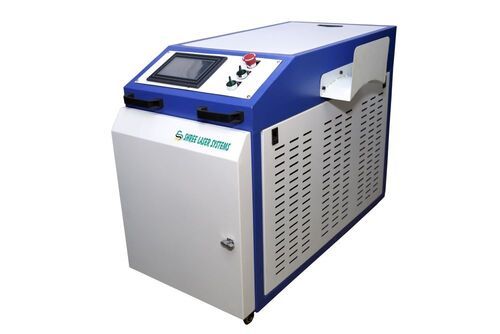
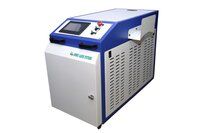
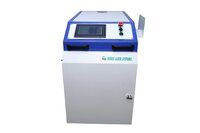
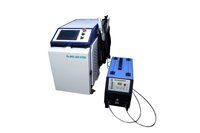
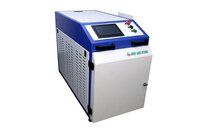
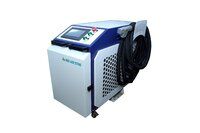
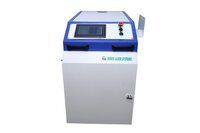
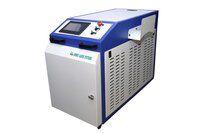
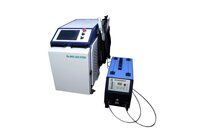
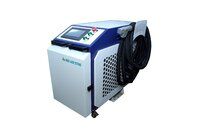
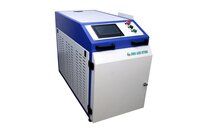











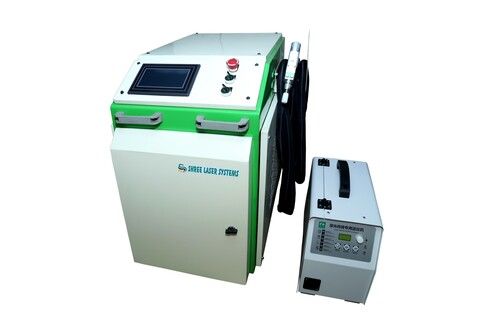
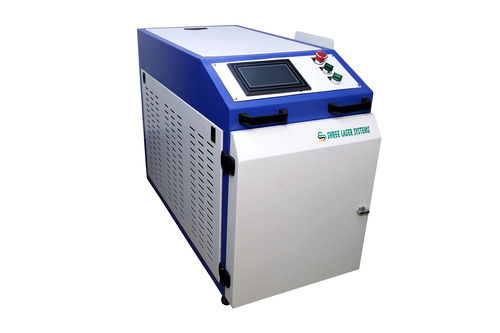



 English
English Spanish
Spanish French
French German
German Italian
Italian Chinese (Simplified)
Chinese (Simplified) Japanese
Japanese Korean
Korean Arabic
Arabic Portuguese
Portuguese